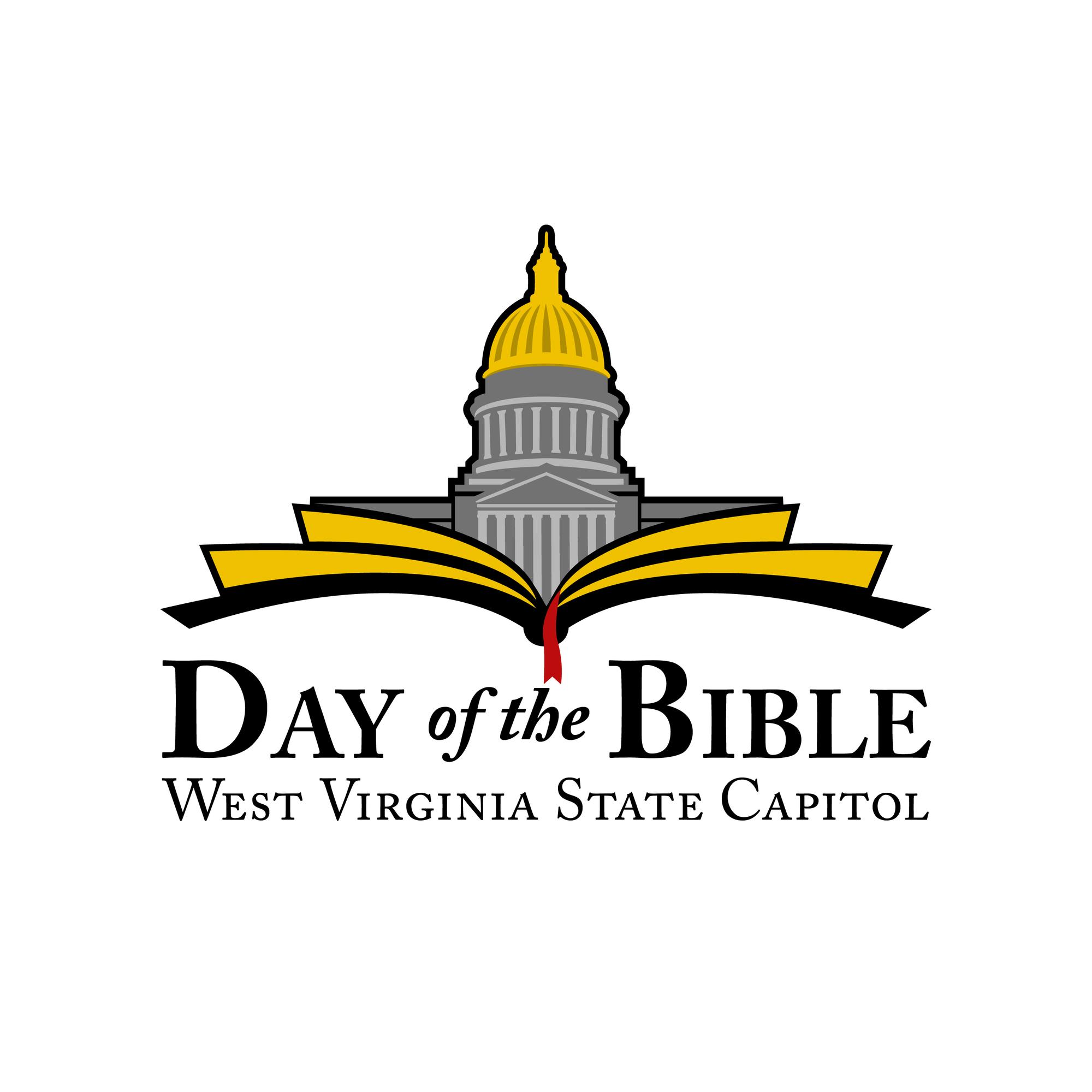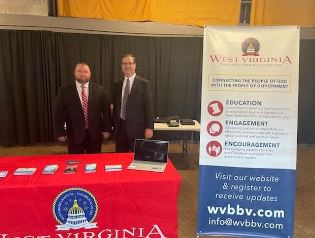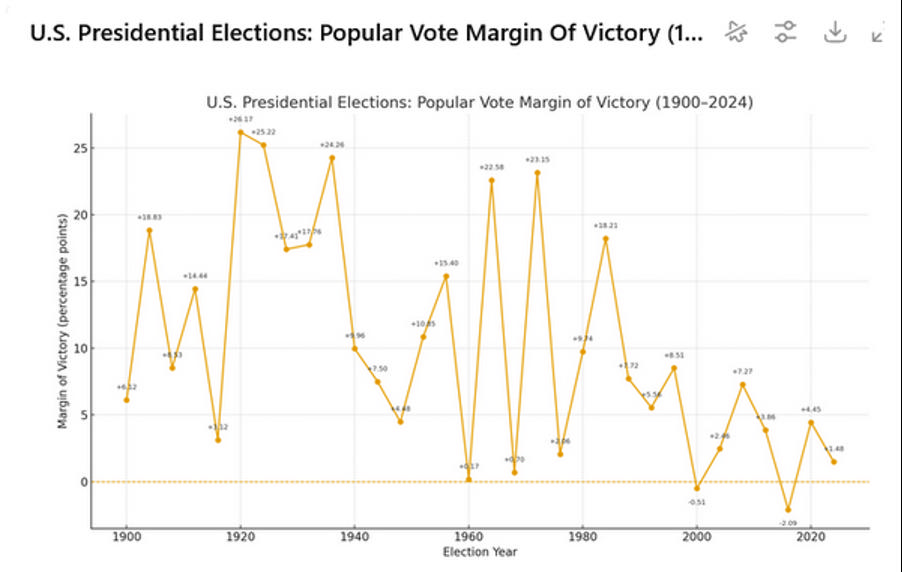Department of Education Encourages States to Expand School Choice Through Title I

The Department of Education published a guidance letter to all chief state school offices to encourage the use of Title I funds for providing parental choice in education.
Title I was passed as part of the Elementary and Secondary Education Act (ESEA), and it ensures that supplemental federal funds are provided to school districts with a high population of low-income families. The Title I funds are distributed to states which then direct the money to local education agencies (LEAs) to use according to the needs of the district.
The guidance letter from the Department points out that the law allows for up to 3% of a state’s Title I funds to be used for direct student services that will “provide greater choice for parents and improve academic outcomes.” While the states are limited in telling the LEAs exactly how to use Title I funds, the guidance notes that states can establish priorities that will encourage the LEAs to use these funds for direct student services and thus expand educational options and choices for parents and students. According to the letter, direct student services funds can include such things as “advanced courses, dual enrollment, academic tutoring, career and technical education, personalized learning, and out-of-school activities.”
Currently, Ohio is the only state to take advantage of the opportunity to provide choice options through Title I funds. “It’s important for the parents, educators and school leaders who best know the needs of their students and families to have the go-ahead to put in place programs to match those needs,” stated Stephen Dackin, director of the Ohio Department of Education and Workforce. “Whether it’s credit recovery programs, advanced coursework, or expanding career pathways, the goal is the same for every Ohio student—to meet their full potential.”
The guidance letter is a response to Trump’s executive order on Expanding Educational Freedom and Opportunities for Families which instructed the Secretary of Education to “issue guidance regarding how States can use Federal formula funds to support K-12 educational choice initiatives.” The guidance letter indicates that this is the first of several that the Department of Education will publish to point out areas where states can incorporate and provide school choice in existing programs funded by federal aid.

400 MARYLAND AVE., SW, WASHINGTON, DC 20202
www.ed.gov
The Department of Education’s mission is to promote student achievement and preparation for global competitiveness by fostering
educational excellence and ensuring equal access.
UNITED STATES DEPARTMENT OF EDUCATION OFFICE OF ELEMENTARY AND SECONDARY EDUCATION
March 31, 2025
Dear Chief State School Officer:
The Trump Administration is committed to supporting parents in choosing and directing the
upbringing and education of their children. The U.S. Department of Education (Department) is
pleased to provide information regarding how States can use Federal formula funds under the
Elementary and Secondary Education Act of 1965 (ESEA) to support elementary and secondary
school educational choice initiatives. In this letter, we are focusing on two important aspects of Title
I, Part A (Title I) of the ESEA where States and local educational agencies (LEAs) have discretion
to provide greater flexibility to support parents’ choices for their child’s education. This will be the
first of several guidance documents aimed at expanding education choice for students and families.
Direct Student Services Under ESEA section 1003A
One important flexibility to support parents is section 1003A of the ESEA, which provides a State
the flexibility to reserve up to three percent of its Title I allocation to provide funds to LEAs for
direct student services that allow parents to exercise a meaningful choice in their child’s education.
This is an important flexibility of which very few States have taken advantage. Ohio is currently the
only state implementing direct student services, which they use to increase access to advanced
coursework. States can use this flexibility so that parents can be given a range of options – advanced
courses, dual enrollment, academic tutoring, career and technical education, personalized learning,
and out-of-school activities – to select for their child.
ESEA section 1003A authorizes a State to award funds to LEAs for the following activities:
• Enrollment and participation in academic courses not otherwise available at a student’s
school, including advanced courses and CTE coursework that is aligned to State standards
and leads to industry-recognized credentials that meet the quality criteria established by the
State under section 123(a) of the Workforce Innovation and Opportunity Act (29 U.S.C.
3102).
• Credit recovery and academic acceleration courses that lead to a regular high school diploma
(as defined in ESEA section 8101(43)).
• Activities that assist students in successfully completing postsecondary level instruction and
examinations that are accepted for credit at institutes of higher education (IHEs), including
AP and IB courses, which may include reimbursing students from low-income backgrounds
to cover all of the costs of fees for such examinations; such activities may also include the
costs of dual or concurrent enrollment in postsecondary coursework.
• Components of a personalized learning approach, which may include high-quality tutoring.
• Transportation to allow a student enrolled in a school identified for comprehensive support
and improvement (CSI) under ESEA section 1111(c)(4)(D)(i) to transfer to another public
school (including a public charter school) that has not been identified for CSI (i.e., public
school choice), in the case of an LEA that does not reserve Title I funds as permitted under
ESEA section 1111(d)(1)(D)(v) for this purpose.
In order to receive funds, ESEA section 1003A(d) requires an LEA to describe how it will provide
adequate outreach, time, and information to parents to ensure they can exercise a meaningful choice
of direct student services for their child’s education. Further, the LEA must describe how it will
select providers of direct student services, which may include LEAs, community colleges or other
institutions of higher education, non-public entities including private schools, and community-based
organizations. Because the LEA retains control and responsibility for the funds, providers of these
services do not become Federal grantees. For tutoring services, the State must provide a list of
options that, among other requirements, provides parents with meaningful choices, offers a range of
tutoring including online and on campus, and provide instruction and content that is secular, neutral,
and non-ideological.
States must award direct student services funds to geographically diverse LEAs that serve high
numbers of schools identified for support and improvement. While a State cannot direct or limit the
use of these funds by LEAs, the State could establish priorities to award these funds to LEAs that
align with the State’s priorities and goals. For example, while a State cannot establish an absolute
priority that focuses on one of the activities listed above, it could award points in its competitive
process for those activities that it believes or has evidence the activity will provide parents the most
choices and maximize the impact of these funds.
Title I, Part A of the ESEA
Related to the flexibility within ESEA section 1003A, LEAs and schools have similar flexibility with
respect to their use of Title I funds. A school operating a Title I schoolwide program, in
consultation with parents as required in ESEA section 1116, could choose to implement a program
that identifies activities that improve the academic program in the school and which allows parents
to choose the best activity to meet their child’s educational needs. This would have to be consistent
with the school’s needs assessment and schoolwide program plan and be designed to improve
student academic achievement, particularly for the lowest-achieving students. For example, a school
could identify a range of dual enrollment opportunities, academic tutoring programs, and career and
technical education activities that are available for students and let parents select the best option for
their child. Similarly, a Title I school that operates a targeted assistance program under ESEA
section 1115 may offer these choices to parents of children identified to receive Title I services. An
LEA may also use some of its required Title I reservation under ESEA section 1113(c)(3) to serve
homeless children and youth in all of its schools to provide these choices to their parents.
Thank you for your continued focus on providing meaningful options for parents to ensure all
children receive a high-quality education. The Department encourages States to reach out to the
Title I, Part A team for details on how these and other strong practices can be tailored to provide
more meaningful choices to parents in your State. A frequently asked questions document is also
being prepared to offer more guidance on how to use this flexibility. If you have any questions or
need additional information, please contact us at: [email protected].
Sincerely,
Chief State School Officer
Hayley B. Sanon
Principal Deputy Assistant Secretary
and Acting Assistant Secretary
Office of Elementary and Secondary Education


















